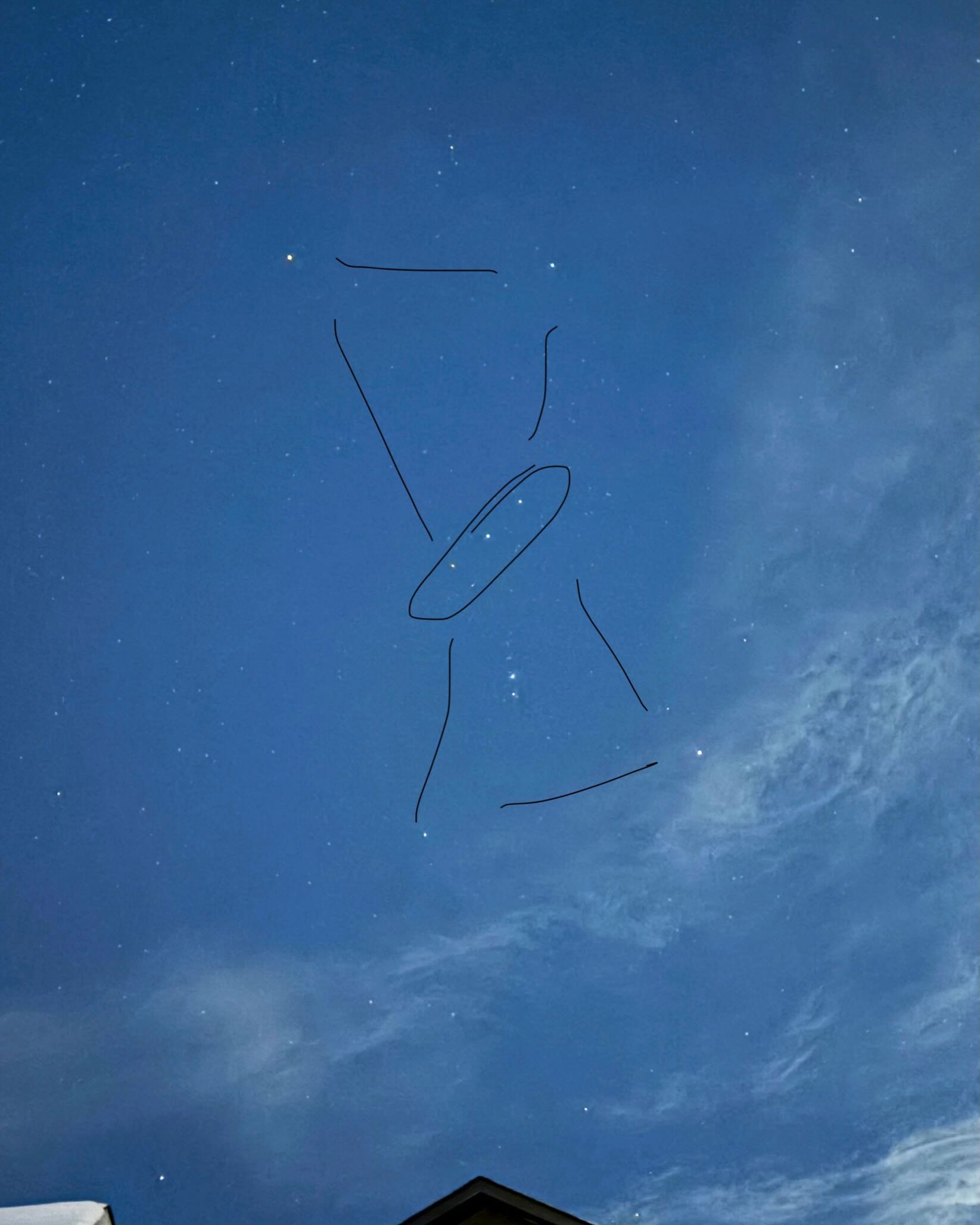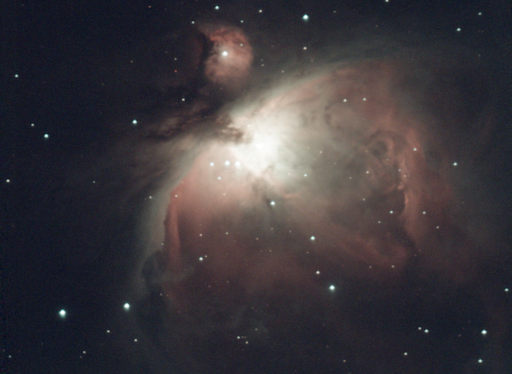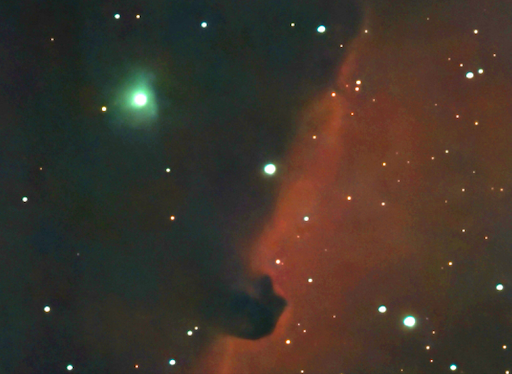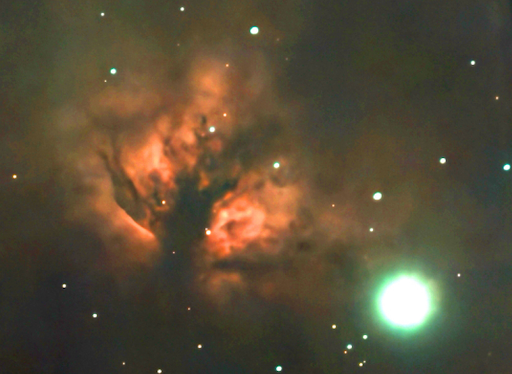Introduction
The Orion constellation is one of the most recognizable and fascinating constellations in the night sky. Named after a mighty hunter from Greek mythology, Orion is visible from both the Northern and Southern Hemispheres, making it a favorite among stargazers and astronomers alike.
The Stars of Orion
The constellation is marked by several bright stars, forming a distinct hourglass shape:
- Betelgeuse (α Orionis) – A red supergiant, this star forms Orion’s left shoulder and is one of the largest stars visible to the naked eye.
- Rigel (β Orionis) – A blue supergiant, it represents Orion’s right foot and is the brightest star in the constellation.
- Bellatrix – The “Amazon Star,” located on Orion’s right shoulder.
- Saiph – Another blue supergiant, forming Orion’s left foot.

The most iconic feature of Orion is Orion’s Belt, a straight line of three bright stars: Alnitak, Alnilam, and Mintaka. This trio makes Orion easy to spot and serves as a guidepost for finding other celestial objects.
Deep-Sky Treasures in Orion
Beyond its bright stars, Orion is home to some stunning deep-sky objects:
• The Orion Nebula (M42) – One of the brightest and most studied nebulae in the sky, located just below Orion’s Belt. It is a vast stellar nursery where new stars are being born.

• The Horsehead Nebula – A dark nebula with a distinctive horsehead shape, found near the easternmost star of Orion’s Belt, Alnitak.

• The Flame Nebula – A beautiful emission nebula located near Alnitak, glowing due to the radiation from nearby young stars.

Cultural and Mythological Significance
Orion has been a part of human mythology and navigation for centuries. In Greek mythology, Orion was a great hunter placed in the sky by Zeus. Many cultures, including the Egyptians and the Mayans, associated Orion with gods and cosmic events. The three stars of Orion’s Belt align closely with the pyramids of Giza, hinting at the constellation’s influence on ancient civilizations.
How to Find Orion in the Sky
Orion is best seen in winter in the Northern Hemisphere and summer in the Southern Hemisphere. To locate it:
1. Look for Orion’s Belt—three bright stars in a straight line.
2. Find Betelgeuse (red) and Rigel (blue) at opposite corners.
3. Follow Orion’s Belt downward to locate Sirius, the brightest star in the sky.
Final Thoughts
The Orion constellation is a gateway to understanding the cosmos. Whether you’re an amateur stargazer or an experienced astronomer, Orion offers a glimpse into the vastness and beauty of the universe. So next time you gaze at the night sky, take a moment to admire the Hunter and the celestial wonders it holds.
Comments welcome!
